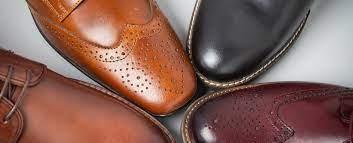How Often Should Shoes Be Replaced To Ensure Foot Health?
Shoes serve as a crucial barrier between our feet and the ground, providing support, cushioning, and protection from various elements. However, like all things, shoes have a finite lifespan, and their condition can significantly impact foot health. Make sure to find proper fit with the help of our advice!
The answer largely depends on factors such as the frequency of wear, the type of activities performed while wearing the shoes, and the quality of the footwear. As a general rule of thumb, experts recommend replacing shoes every 300 to 500 miles for running or athletic shoes. This mileage guideline accounts for the wear and tear experienced during physical activity, including compression of cushioning materials and breakdown of support structures.

For everyday shoes worn for walking or casual activities, a good indicator that it’s time for a replacement is when visible signs of wear and tear start to appear. This may include worn-out treads, flattened cushioning, or visible creasing in the upper materials. Additionally, if you notice discomfort or pain in your feet, ankles, knees, or hips while wearing your shoes, it could be a sign that they no longer provide adequate support and should be replaced.
Furthermore, environmental factors can also affect the longevity of shoes. Exposure to moisture, extreme temperatures, and harsh conditions can accelerate the deterioration of materials, leading to premature wear and potential foot health issues. Therefore, proper care and maintenance, such as cleaning and drying shoes regularly, storing them in a cool, dry place, and rotating between multiple pairs, can help prolong their lifespan and preserve foot health.
In conclusion, while there is no one-size-fits-all answer to how often shoes should be replaced, paying attention to signs of wear and tear, discomfort, and environmental factors can guide you in making informed decisions about when to invest in new footwear. By prioritizing shoe maintenance and replacement as needed, you can protect your foot health and ensure that your shoes continue to support you on your daily journeys.

